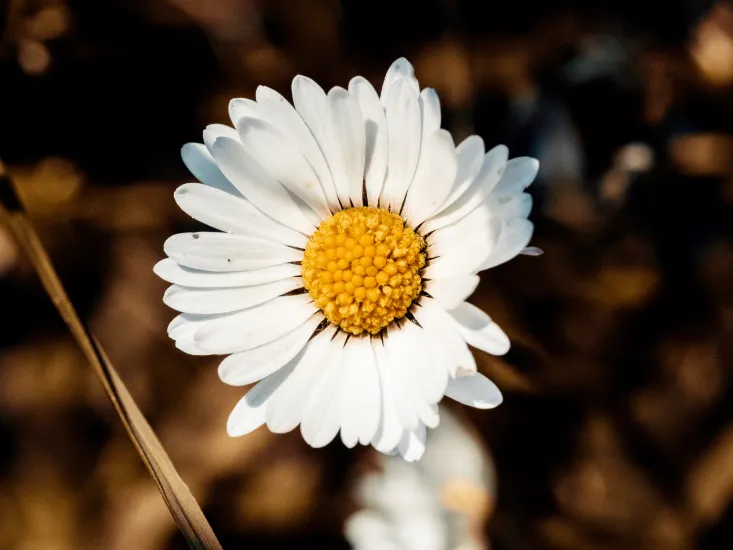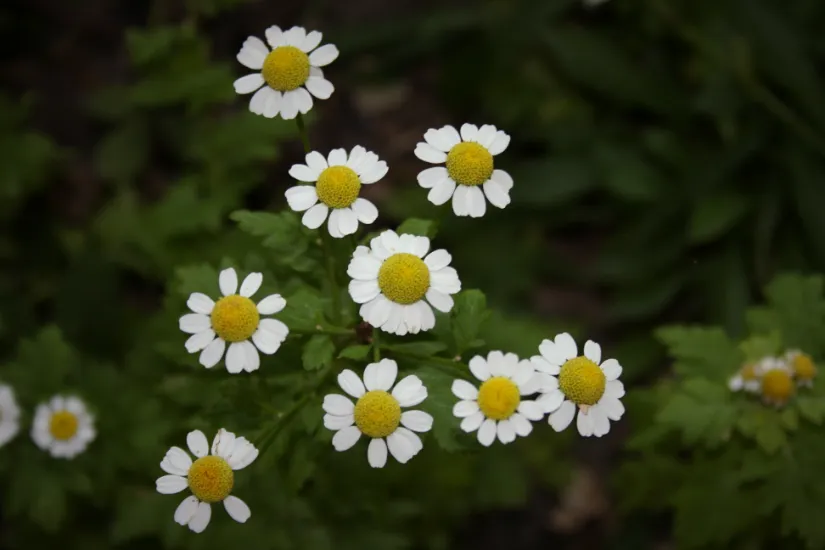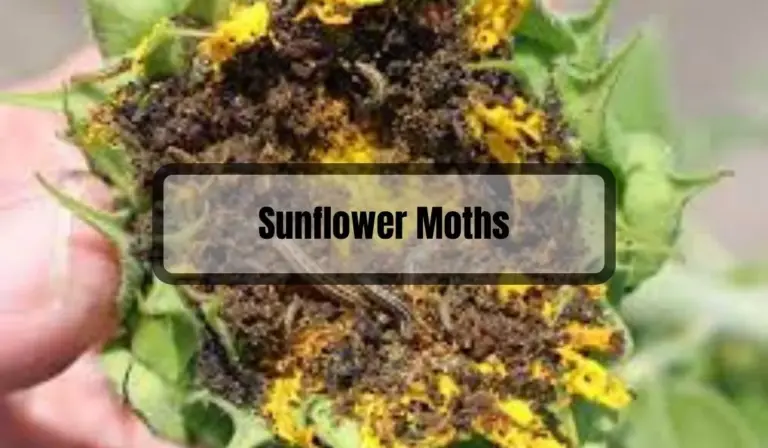The Ultimate Guide to Growing and Caring for Bellis Perennis
Attention flower lovers! Are you ready to add some charm and color to your garden? Look no further than Bellis perennis, the beloved daisy! This versatile plant is a must-have for any garden enthusiast, but do you know how to grow and care for it?
In this comprehensive guide, we’ll delve into the world of Bellis perennis, covering its definition, characteristics, growing conditions, maintenance tips, varieties, and uses. Get ready to become a daisy expert and take your garden to the next level!
What is Bellis Perennis?

Bellis perennis is a low-growing plant that can reach a height of about 20 centimeters. It has short creeping rhizomes and rosettes of small rounded or spoon-shaped leaves that grow flat to the ground.
The plant habitually colonizes lawns, which makes it difficult to eradicate by mowing, hence the term “lawn daisy.” Bellis perennis blooms from March to September, and the flowers follow the position of the sun in the sky, a phenomenon known as heliotropism.
Bellis perennis is a composite flower, about 2 to 3 centimeters in diameter, in the form of a pseudanthium, consisting of many sessile flowers with white ray florets (often tipped red) and yellow disc florets.
Bellis perennis is native to Europe, but it has become widely naturalized in most temperate regions, including the Americas and Australasia. It prefers field-like habitats.
Growing Bellis Perennis

Bellis perennis generally blooms from early to mid-summer, although when grown under ideal conditions, it has a very long flowering season and will even produce a few flowers in the middle of mild winters.
Bellis perennis can generally be grown in most well-drained soils and requires little or no maintenance. It has no known serious insect or disease problems.
If you’re looking to grow Bellis perennis, here are some tips to get you started:
- Conditions required for growing Bellis perennis: Bellis perennis prefers full sun to partial shade conditions. It can tolerate a wide range of soil types, but it requires well-drained soils. Bellis perennis can be grown in USDA zones 4-8 and prefers temperatures above -35°C.
- Steps for planting Bellis perennis: Bellis perennis can be propagated by seed or division. To propagate by seed, sow the seeds indoors six to eight weeks before the last frost. Bellis perennis seeds require light to germinate, so only cover the seeds lightly with soil. To propagate by division, wait until the plant has finished flowering and then dig up the plant. Divide the plant into several sections and replant them.
- Maintenance tips for Bellis perennis: Water the plant when the soil is dry to the touch, and fertilize it with a balanced fertilizer once a month during the growing season. Deadhead the flowers regularly to promote new growth and prevent self-seeding.
Caring for Bellis Perennis
Bellis perennis is a hardy plant and doesn’t require much care, but there are a few things you can do to keep it looking its best. Here are some tips on how to care for Bellis perennis:
Watering Requirements for Bellis Perennis
Bellis perennis requires regular watering, but be careful not to overwater it. The plant prefers well-drained soils, so make sure the soil is moist but not waterlogged. Water the plant when the soil is dry to the touch, and make sure to water deeply to encourage the roots to grow deeper.
Fertilizing Guidelines for Bellis Perennis
Bellis perennis doesn’t require much fertilizer, but a balanced fertilizer can help the plant grow stronger and healthier. Fertilize the plant once a month during the growing season with a balanced fertilizer.
Pruning and Deadheading Bellis Perennis
Bellis perennis doesn’t require pruning, but deadheading the flowers can help promote new growth and prevent self-seeding. To deadhead the flowers, simply pinch off the spent blooms with your fingers.
Varieties of Bellis Perennis
There are numerous single- and double-flowered varieties of Bellis perennis available, producing flat or spherical blooms in a range of sizes (1 to 6 centimeters) and colors (red, pink, and white). Some popular varieties include:
- ‘Tasso Strawberry’ – produces large, bright pink blooms
- ‘Habanera’ – produces double blooms in shades of pink, red, and white
- ‘Bellissima Rose’ – produces large, rose-pink blooms
Each type of Bellis perennis has its own unique characteristics and growing requirements, so make sure to do your research before planting.
Uses of Bellis Perennis
Bellis perennis has a number of culinary and medicinal uses. Here are some of the most common uses:
Culinary Uses of Bellis Perennis
Bellis perennis leaves can be eaten raw in salads, or cooked, though the leaves become increasingly astringent with age. The flower buds and petals can also be eaten raw in sandwiches, soups, and salads.
Medicinal Properties of Bellis Perennis
Bellis perennis has astringent properties and has been used in herbal medicine to treat a range of ailments, including respiratory infections, digestive issues, and skin problems.
Traditional Uses of Bellis Perennis
Daisies have traditionally been used for making daisy chains in children’s games.
Frequently Asked Questions (FAQs)
Can Bellis perennis be grown in containers?
Yes, Bellis perennis can be grown in containers as long as they’re large enough to accommodate the plant’s root system.
Does Bellis perennis attract bees and butterflies?
Yes, Bellis perennis is a great plant for attracting bees and butterflies to your garden.
Is Bellis perennis poisonous to pets?
No, Bellis perennis is not toxic to pets.
Conclusion
Bellis perennis is a beautiful and easy-to-care-for plant that’s perfect for adding a pop of color to your garden. Whether you’re a seasoned gardener or just starting out, Bellis perennis is a great choice for any garden.
By following the tips and guidelines outlined in this post, you can successfully grow and care for Bellis perennis and enjoy its beauty for years to come. Happy gardening!






